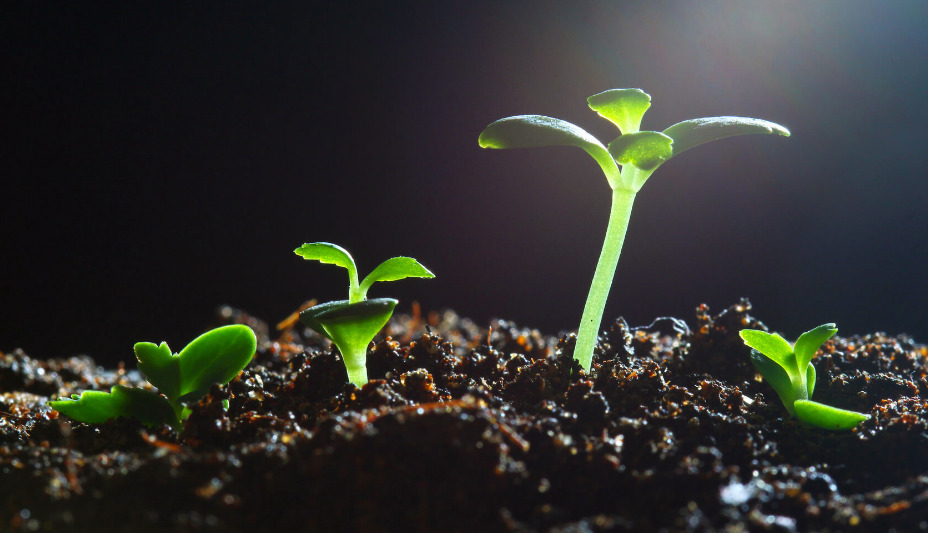In order to grow, plants require nutrients that they absorb from their roots or through foliar applications of fertilizers. However, they not only need nutrients to grow, but also the activation of their metabolism in order to produce the compounds necessary for proper development and growth. Activation involves providing the plant with natural or synthetic substances that help initiate the processes of growth, development, and nutrition and pass through their phenological stages correctly according to their genetics.

Plant growth regulators are chemical compounds that control the growth and development of plants. These compounds are important in agriculture, as they can be used to improve the quality and yield of crops.
There are several types of plant growth regulators, including auxins, gibberellins, and cytokinins. Each of these compounds has a specific function in the growth and development of plants.
Gibberellins
Importance of Gibberellins in plants: Gibberellins are synthesized in the apical meristems of leaves, root tips, and developing seeds. Their main function is to increase the rate of cell division (mitosis). There are several types of gibberellins, with the most common being GA1, GA3, GA4, GA7, and GA9. The functions they carry out in the plant can be briefly summarized: They increase growth in stems. They interrupt the dormancy period of seeds, causing them to germinate; and mobilize sugar reserves. They induce the budding of buds. They promote the development of fruits. They stimulate the synthesis of RNA (messenger RNA).

Auxins
Importance of Auxins in plants: The name Auxin comes from the Greek word for “to grow” and is given to a group of compounds that stimulate elongation. Although auxin is found throughout the plant, the highest concentrations are located in the actively growing meristematic regions.

One characteristic of auxin is the strong polarity exhibited in its transport through the plant. Auxin is transported through an energy-dependent mechanism, moving basipetally away from the apical point of the plant towards its base. This flow of auxin suppresses the development of lateral axillary shoots along the stem, thus maintaining apical dominance. The most important functions that auxins carry out in plants are: They promote cell growth and differentiation, and therefore growth in plant length. They stimulate the growth and maturation of fruits. They promote flowering. They prevent senescence. They prevent geotropism. Auxins begin to function in the parts of the plant with low photosynthetic activity, causing the cells in that zone to grow more than the corresponding cells that are located in the clear zone of the plant. This produces a curvature of the tip of the plant towards light, a movement known as phototropism. They delay the falling of leaves, flowers, and young fruits. Apical dominance.

Cytokinins
Importance of Cytokinins in plants
Cytokinins are natural plant hormones that stimulate cell division in non-meristematic tissues. They are produced in growth zones, such as the meristems at the tips of roots. The highest concentrations of cytokinins are found in developing embryos and young fruits, both undergoing rapid cell division. The presence of high levels of cytokinins may facilitate their ability to act as a demanding source of nutrients. Cytokinins are also formed in the roots and translocated through the xylem to the shoot. However, when the compounds are found in leaves, they are relatively immobile. Other general effects of cytokinins in plants include: stimulation of seed germination, stimulation of the formation of seedless fruits, breaking of seed dormancy, induction of shoot formation, improvement of flowering, alteration of fruit growth, and breaking of apical dominance.
 AgronoBlog – Agriculture Blog
AgronoBlog – Agriculture Blog 

